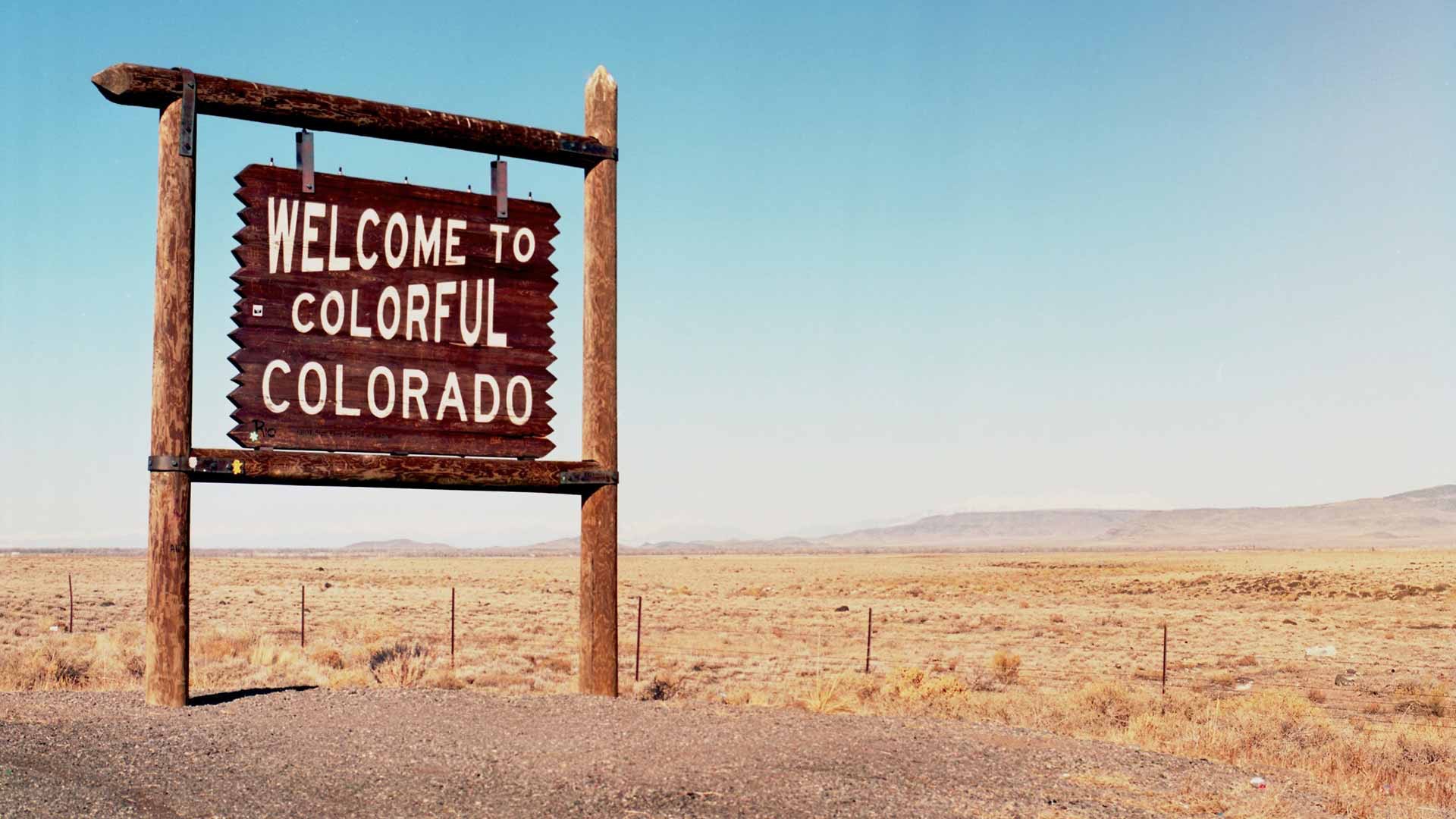I’d be lying if I said working with outdoor brands didn’t come with a few additional perks. For example, working in the outdoor industry means it is wise to travel out to beautiful Denver two or three times per year to spend time at the Outdoor Retailer trade shows. This past week, I was able to make it out west and experience all the things the leading brands in the industry have to offer at the Summer Market. If you weren’t fortunate enough to make it, you missed a good one. Electric bikes to explore with, a brand new magazine from REI, and the ever-evolving world of apparel created a show that did not disappoint. Plus, if you’re someone considering the return on investment from the show, there are a few nuggets of wisdom from leaders in the space as well.
Some things remain the same, some things are certainly brand new.
Here’s a list of things you can count on at any of the Outdoor Retailer events:
- The North Face will have the first booth when you walk through the entrance to the top floor.
- Black Diamond will serve amazing coffee all day, every day.
- An absurd amount of free stuff will be given away (if you want/need a new, high-quality water bottle, just go to OR).
I’m happy to report all of those things remain. I’m equally happy to report there were a few new things that caught my eye at the show as well.
1. “Outdoor” is starting to mean a lot of different things to different brands.
Whereas in the past outdoor brands were mainly apparel companies like Patagonia, REI, and The North Face, now you’re seeing brands from other industries getting in on the act as well. For example, Theragun has been at each of the past two Outdoor Retailer events. They make a self-massaging device marketed toward competitive athletes and physical therapists. If you were to pick out their industry, you’d probably say health and fitness, not outdoor. But there’s no denying an avid climber, cross-country skier, or water sports enthusiast could benefit from this device, as well. The buyers overlap, so they’re here.
Additionally, Rivian, the adventure-based electric automobile company, also made a big splash at OR this year. Rivian is backed by major companies—the likes of Amazon and Ford have invested more than $700m with this company—and has created an incredible electric pickup truck. In the U.S. market, where car sales are decreasing and more and more people are turning to trucks and SUVs for their automobile of choice, getting in front of more buyers just makes sense. Plus, Rivian’s branding is very focused on adventure and exploration—two things this industry knows better than most. On top of all that, the outdoor industry is extremely aware of the effects of climate change—they live in it daily. An electric vehicle promises to reduce greenhouse gases and the human impact on the planet. You seeing the parallels here? (Side note: the Rivian truck was the coolest thing at the show. If you haven’t seen this, check it out here.)
2. Leading brands are expanding wildly outside the box.
Patagonia is synonymous with the outdoor industry. They’ve made a name for themselves by offering high-quality apparel made in a sustainable way. It only makes sense that they would get into food, as well, right?
Wait…what?
Yep, this year at OR, Patagonia was one of the go-to booths for grabbing a quick sample of a healthy snack. Patagonia is a leader in the charge against the human impact on the climate, and is bringing that same perspective to the sourcing and producing of food. It’s their next big thing, and you should be on the lookout for where this goes long-term. To put it into perspective, their booth had a giant spoon and fork on it followed by the words, “the tools for our revolution.” Not sure where it will go, but they have the connections and resources to take this wherever they believe it should.
3. Print is making a comeback?
Like Patagonia, when REI makes a move, everyone notices. At an industry party on Wednesday night, REI officially announced the launch of their quarterly magazine, Uncommon Path. This magazine will hit newsstands within the next 6–9 months, and is going to provide another avenue for consuming outdoor-specific content. REI has brought on an entire editing and production team to make this magazine happen. They aren’t treating this like a side project; they’re treating this like they’re creating Bon Appetit magazine. The pendulum has swung so far towards digital in recent years—maybe print is going to be the disruptor again.
Measuring success at this show isn’t easy.
Whenever you take the dive into investing in a trade show like Outdoor Retailer, you’re taking a little bit of a gamble. If you do it right, it is going to cost you tens of thousands of dollars in sponsorship and production costs, not to mention the time your team is going to put into creating the whole experience, traveling to the show, manning the booth, and taking prospects and clients to dinners. It’s just expensive.
So how do you know if it’s worth it?
I asked a few of the brands I met with, and regardless of size and experience at the show, they really all said the same thing. These were marketing leaders at independent companies, brands recently purchased by private equity, and even the private equity holding companies themselves. This is to say, every level of reporting capabilities was on display. Amazingly, they all said basically the same thing:
“I honestly won’t know if this is successful for six to nine—maybe even 12 to 18—months. Every now and then, I meet a buyer who is ready to go right here and right now, but that’s so rare. For us, it is about making connections. We want to get in front of the five people we’ve never been able to connect with before and start that conversation.”
This sort of sentiment—conversations and connections being important above all else—seems to be par for the course in this industry. When speaking with people in manufacturing, technology, or any of the other industries we serve, I hear more focus on numbers and metrics than I do in the outdoor industry. This is a community in the truest sense of the word. Making connections with that community is what is going to move your business forward.
Above all else, don’t waste the opportunity to meet new people at Outdoor Retailer.
This is an industry full of friends. Regardless of the size—$373 billion according to Outside Magazine—everyone seems to know everyone. What does this mean for you as a marketer, or someone looking to make an impact in the outdoor industry? You need to meet people, yes, but more than anything you need to provide unique value to these people. Don’t show up looking to take, asking to steal their time to hear all about your amazing company. Ask genuine questions about how things are going in their world. Ask them what challenges they see coming, trends in the industry, and how the show is going overall. Provide perspective from your clients that have similar buyers to them.
If you remember to give first, you’ll make real connections, and in the outdoor industry, real connections are everything. Who knows? You may never even have to make your ask.




